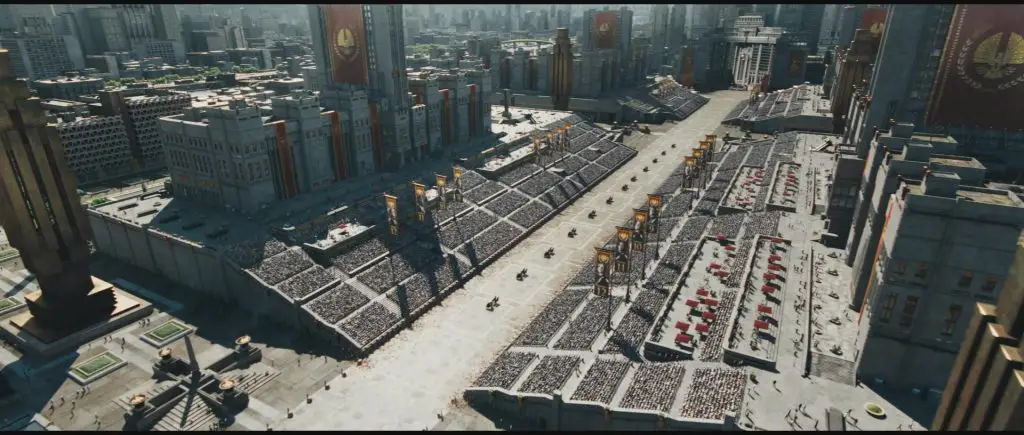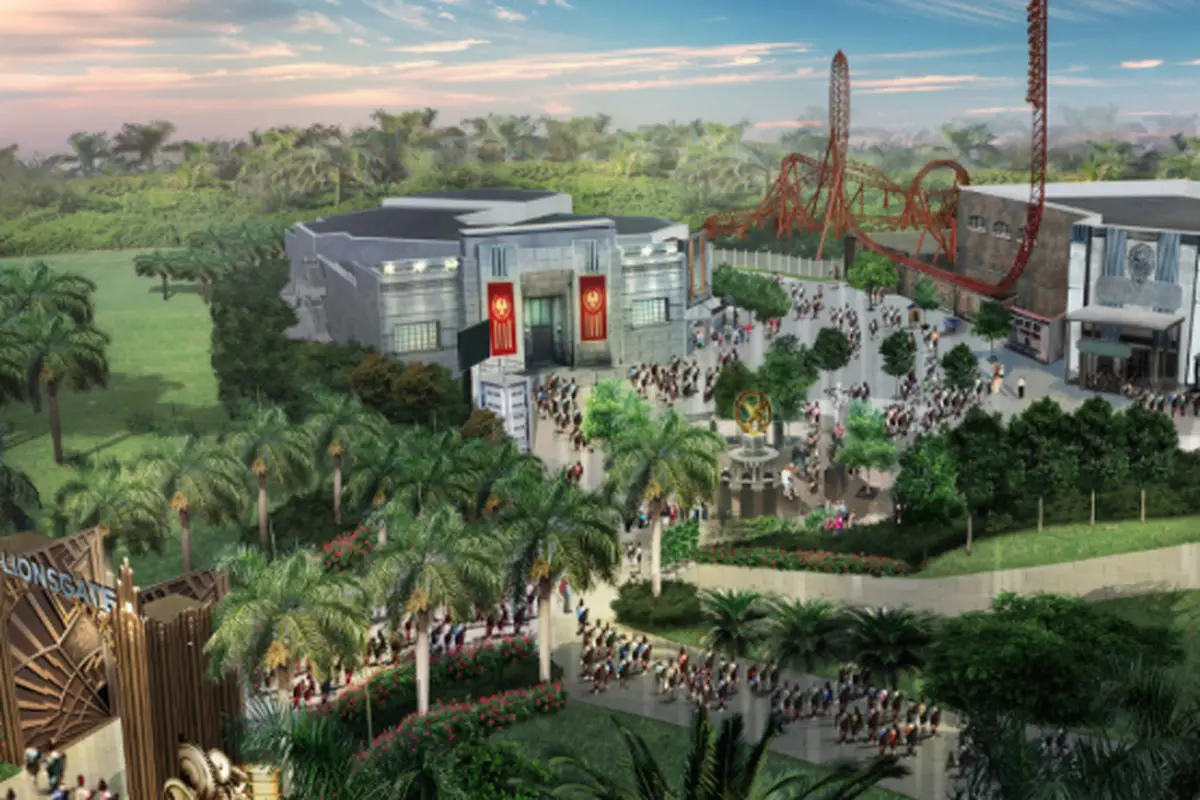When The Wizarding World of Harry Potter theme park opened in Universal’s Islands of Adventure back in 2010, fans everywhere were overjoyed. It was finally possible to visit places such as Hogwarts, Diagon Alley and Hogsmeade in a physical location somewhere other than within the pages of a book.
Taking a trip to Ollivander’s to pick out the wand you never got on your eleventh birthday became a reality. You could even sip on some butterbeer or pumpkin juice while you did it. The Harry Potter series provides an entire universe of opportunities for rides and stores, none of which involve the systematic and brutal mass murder of teenagers compelled to fight each other to the death.
On October 20, 2017, Lionsgate unveiled a brand new Hunger Games theme park in Dubai. For those of you who may be unfamiliar, the Hunger Games trilogy, by Suzanne Collins, focuses on protagonist Katniss Everdeen, a resident of the poor District 12. In Katniss’ dystopian North America, renamed Panem and restructured into twelve districts, life is hard. A thirteenth district once existed, but was allegedly bombed out of existence after an attempted rebellion against the Capitol.
The citizens of Panem still atone for the thirteenth district’s crimes; each year, one boy and one girl are selected as tribute to compete in the eponymous Hunger Games where twenty-four children and teenagers are forced to kill each other until only one remains. The spectacle is mandatory viewing for every resident of Panem, ranging from the poorest in District 12 to the opulent (and, more importantly, exempt) spectators in the Capitol. Katniss sacrifices herself and volunteers as tribute when her little sister, Prim, is selected for the Hunger Games.
Perfect place to set your theme park, right?
The World of the Hunger Games, located in the Lionsgate section of the Motiongate Dubai theme park in the United Arab Emirates, greets new visitors with a huge mockingjay pin, the series’ resistance symbol. The pin is followed closely by a large statue of the three-finger salute, though whether it is accompanied by the iconic four-note whistle is unknown.
Upon entering the park, you have the option to see all of Katniss’ home on the Panem Aerial Tour, a hovercraft simulation ride that gets interrupted when guests are forced to flee a battle with peacekeepers, a.k.a Panem’s corrupt military force.
After finishing the aerial tour, park visitors are given a few options. Interactive characters wander the parks, including a group of coal miners from District 12 who put on a percussion performance dubbed Coal Miner’s Clash. Katniss’ father died from a coal mine explosion before the beginning of the series, but at least we know his living coworkers can put on a good show!
A second option is perusing Peeta’s Bakery for sweets, breads and other delicacies. According to Variety, the shop features over twenty themed foods, begging to be eaten. I’m sure Katniss will particularly agree with this one, as the burnt bread crusts Peeta tossed her while she was on the verge of starving were especially delicious.
Lastly, anyone with a deep desire to see the Capitol is invited to take a ride on the Capitol Bullet Train, a roller coaster transporting park-goers to the grandiose and sinister Capitol. The ride is an eight-five-foot tall inversion coaster, traveling forward twice and backward once at a top speed of fifty miles per hour.
Riders experience the thrills of vertical loops and a ninety-degree spike that briefly suspends them upside down. After entering through the Hob, the black market of District 12, passengers exit into a Capitol plastered with video screens featuring bonus clips starring members of the film franchise, such as Effie Trinket and Caesar Flickerman. To top it all off, guests can hit the gift shop for some prime merch.

Quite frankly, it’s unclear what aspect of The Hunger Games franchise this theme park is meant to highlight. Both the novels and films end on a somber note in which Katniss reflects on her trauma as a result of participating in the games and what it means for her unnamed, blissfully unaware children. It seems bitterly ironic that an amusement park has been built to memorialize a media-obsessed dystopian society whose own form of amusement is derived from watching children die.
Since the series’ publication in 2008, promotion for The Hunger Games has been forced to tread a careful line. It’s difficult to market a franchise that specifically denounces a culture built upon successful advertisements in the first place. In 2013, CoverGirl received criticism for their “Capitol-inspired” makeup line, which was released in anticipation of the “Catching Fire” film premiere.
Capitol citizens are known and mocked in the novel for their flamboyant ways of dress and complete ignorance of and apathy toward Katniss’ deadly reality. Collins attributes her inspiration for this harsh dichotomy to a late-night channel surfing session where she flipped between coverage of the Iraq war and a game show. She says in an interview, “These two things began to fuse together in a very unsettling way and that was the moment when I got the idea for Katniss’ story.”
Even weirder than a makeup line were Subway sandwich ads with the display of a new collection of “fiery footlongs,” to promote new sauces for The Hunger Games fans to try. For a series literally called “The Hunger Games,” this marketing decision was in poor taste. The movie franchise itself provided a grim meta-moment; audiences watching a film where kids die in a blood arena are forced to think of themselves as no different from the luxuriously dumb citizens of the Capitol.
Tim Palen, Lionsgate’s chief brand officer and president of marketing, says of the park, “Together we have created an interactive experience that allows fans from around the world a chance to immerse themselves in the world that Suzanne Collins created in an authentic, fun and exciting way.” Collins created a world meant to critique the treatment of severe poverty, oppression and the brutality of war. “Authentic” might be a stretch.

















